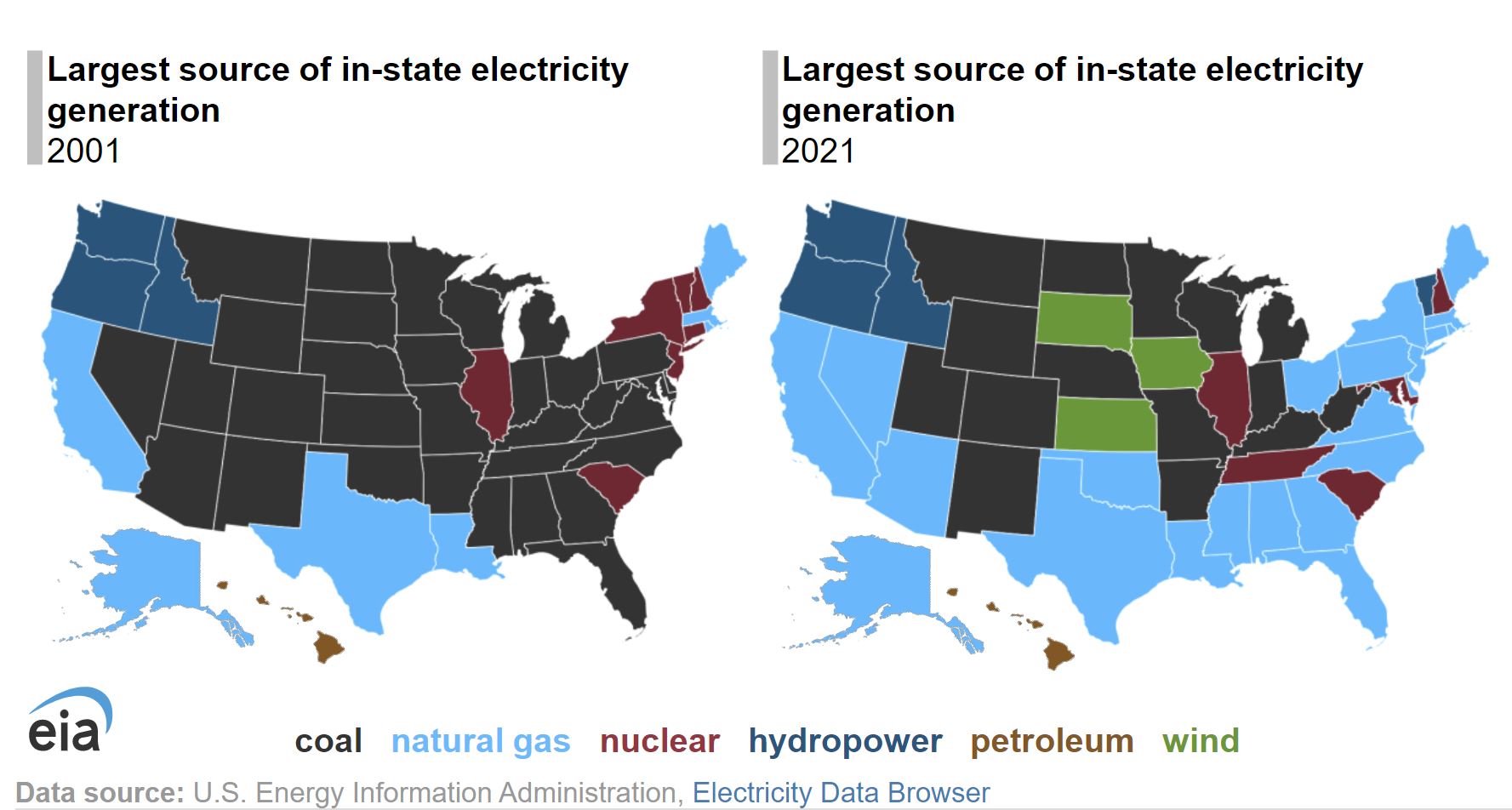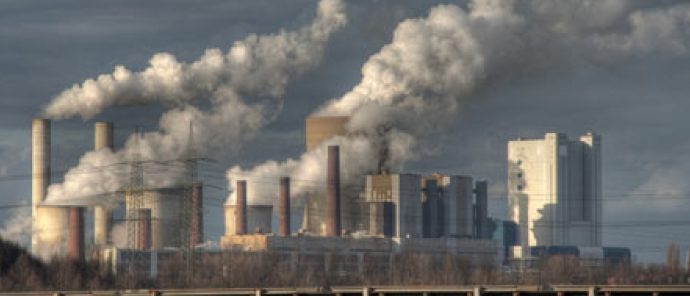Colorado often fancies itself as a leader in the so-called clean energy transition.
And in some ways it has earned that reputation. The state became the first in the nation to enact a renewable portfolio standard by citizen’s initiative, for example, all the way back in 2004. And the Colorado General Assembly routinely passes new climate-minded energy legislation year after year (45 bills between 2019 and 2021 alone).
But a little dose of reality is also important every now and then.
Despite all of the recent green machinations from state policymakers, coal once again took the top spot among the state’s electricity sources last year, according to the most recent complete data available from the U.S. Energy Information Administration.
According to the EIA:
In 15 U.S. states last year, coal was used to generate electricity more than any other energy source. Twenty years earlier, in 2001, coal was the largest source of electricity generation in 32 states. The United States has shifted away from coal-fired generation since it peaked in 2007 and toward natural gas and renewables.
In 2001, natural gas was the largest source of in-state electricity generation in seven states. By 2021, that number had grown to 23 states, driven by widespread retirement of coal-fired power plants and new construction of natural gas-fired power plants. Wind and solar capacity were also growing during that time. Coal-fired plants have not been competitive economically with relatively lower-cost natural gas and renewables.

Largest Sources of Electricity 2001 vs. 2021 / EIA
Coal’s staying power in the Centennial state is even more astounding given the meteoric rise of natural gas-fired electricity generation that swept much of the nation during the same timeframe. Thanks to the abundance created by the shale boom, the number of states powered primarily by natural gas increased more than threefold over the last 20 years in an economic and climate boon for the country. Wind turbines also made huge strides in great plains states with rich wind resources, and to a lesser extent, in Colorado.
Yet, despite being the seventh-largest natural gas-producing state and despite renewable generation tripling since 2010, nothing has been able to top the output of Colorado’s coal fleet to date.
To be sure, coal’s days in the state are numbered. Economic forces and strict decarbonization standards have greatly diminished coal’s presence over time, and a complete phase-out of the fuel is slated to occur statewide by 2031. This, by and large, is a good thing given that cheaper and cleaner technologies are available to replace the tremendous contributions of coal in the state’s economy (whether the state will use them is another story).
But in the meantime, King Coal still keeps the lights on.








